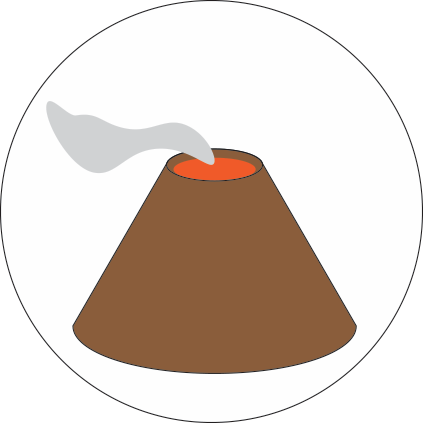

Explosive eruptions produce and disperse fragmental material in a number of different ways. Each process produces a deposit with characteristic features such as thickness, grain size, sorting, and sedimentary features.
Here you will be able to view and describe the deposits from the three eruptions that you've already observed, thereby establishing the link between eruption process and the geologic "evidence" one would find in the field.
Grain size is a measure of the diameter of the particles in a sample. For this exercise the grain size values represent the average size of the particles in the deposit. Consequently, the deposit will contain some particles that are larger than the average and some that are smaller.
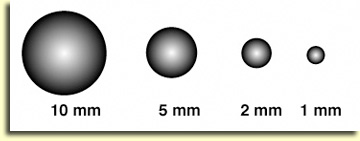
Grain size is typically measured by passing a sample through a series of sieves. Each sieve traps particles that are larger than the sieve screen size. The particles trapped on each sieve are then weighed and the amount of particles of a given size can be be determined.
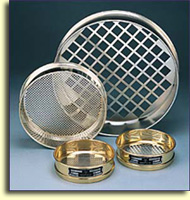
Sorting is a measure of the range of particle sizes within a sample. A sample that is well sorted has a narrow range of sizes, such as beach sand. In contrast, a sample that is poorly sorted has a relatively large range of grain sizes.

Sorting is measured by determining the % of each size particle in a sample and then using an equation to determine a numeric value. The lower the value, the better the sorting.
1.0-2.0: Poorly sorted
0.7-1.0: Moderately Sorted
0.5-0.7: Moderately well sorted
0.35-0.5: Well sorted
< 0.35: Very well sorted
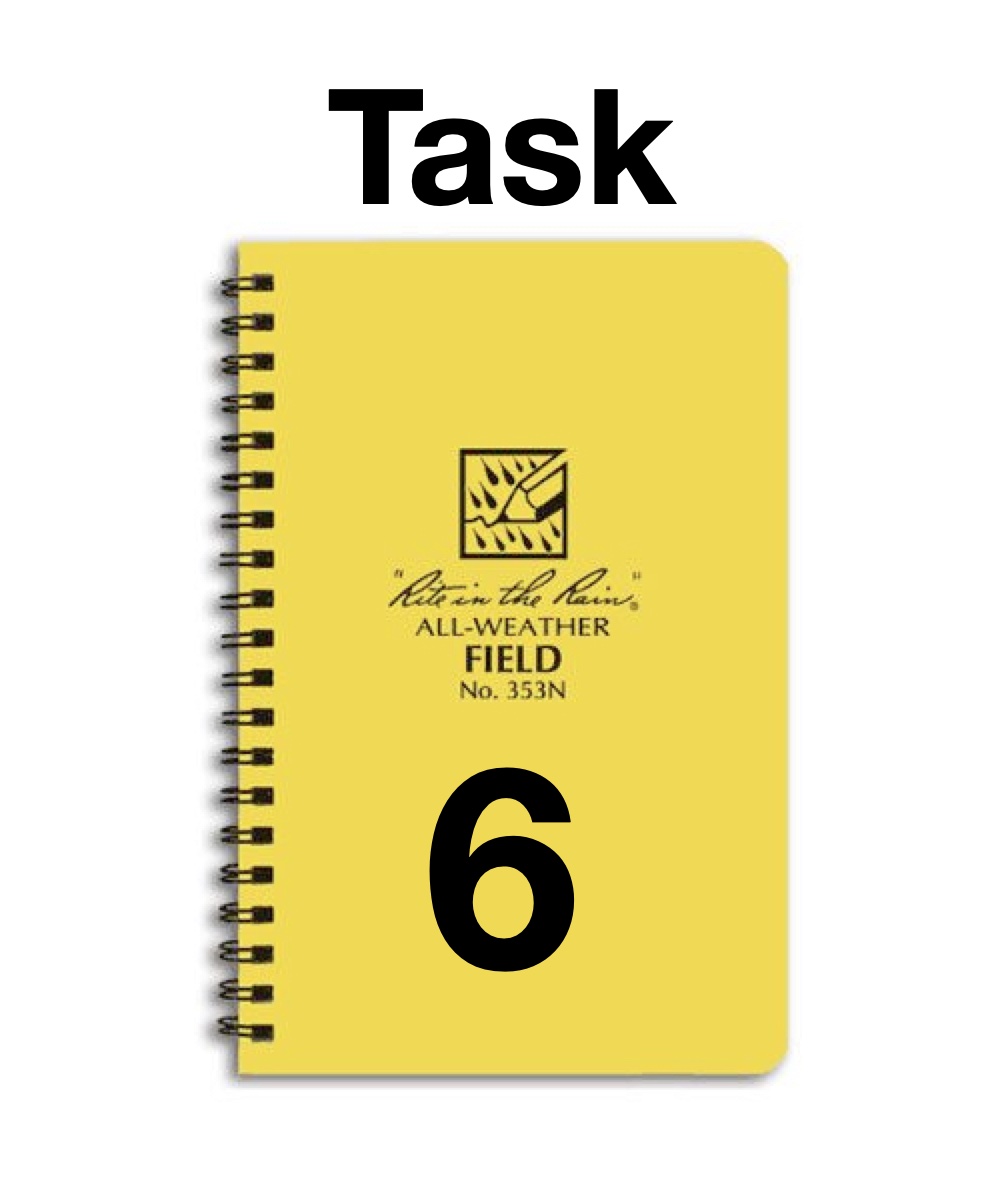
View the deposits from the three eruptions you observed earlier in the exercise.
Use the view graph to determine grain size, sorting, and thickness of each leyer. Note that there may be variations within some layers.
In your field notebook, write down the important characteristics of the deposits from each of the three eruptions

Roll the mouse over the image of each deposit to see the grain size, sorting and thickness characteristics.

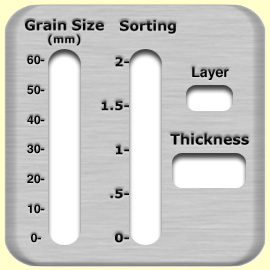
3 km from the volcano


15 km from the volcano
Record each layer's characteristics in your field notebook along with any other observations you have from looking at the image.
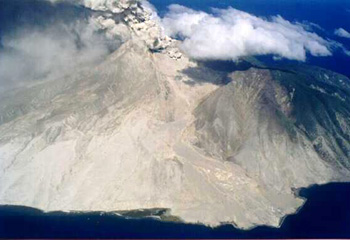
Roll the mouse over the image of the deposit below to see the grain size, sorting and thickness characteristics.


Record the layer's characteristics in your field notebook along with any other observations you have from looking at the image.
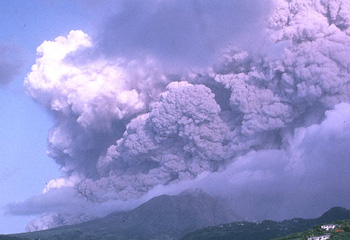
Roll the mouse over the image of the deposit below to see the grain size, sorting and thickness characteristics.

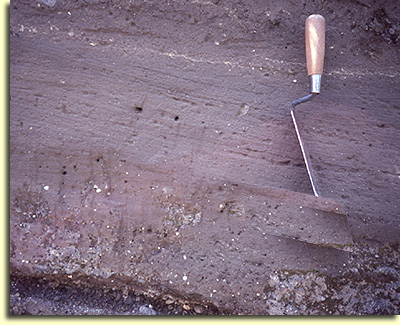
Record the layer's characteristics in your field notebook along with any other observations you have from looking at the image.
Before moving on to the next page, make sure that you write down the important characteristics of the deposits from each of the three eruptions in your field notebook!